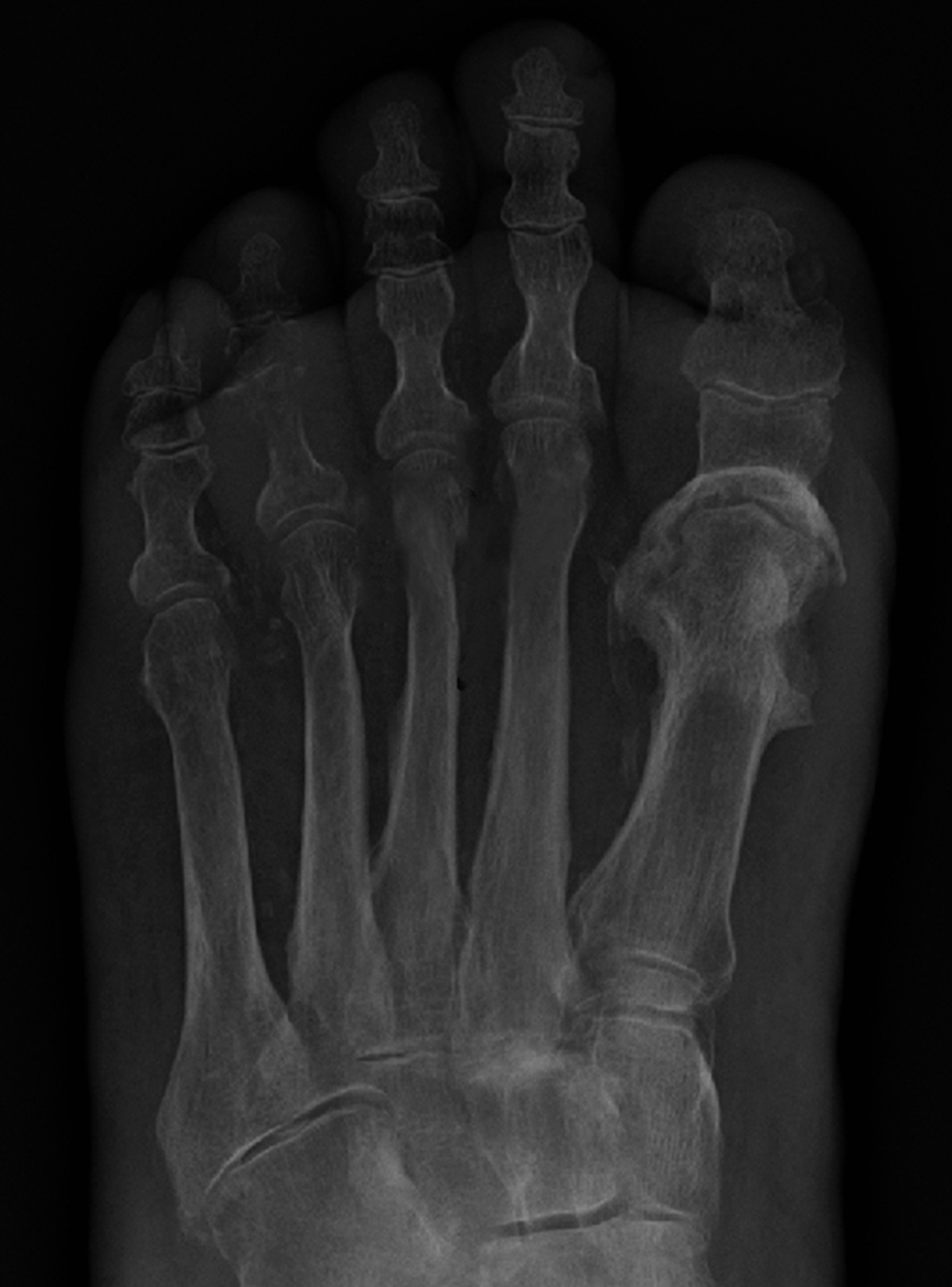Table of Contents
Osteomyelitis is a condition of bacterial bone infection and shouldn't be taken lightly. This serious problem can cause a lot of pain and may be hard to treat, and is definitely not something you want. How can you prevent it, then? The easiest way to prevent osteomyelitis is to consistently practice good hygiene. This means that if you get a cut or a wound, especially a deep wound, you need to make sure you clean it thoroughly — this won't just help in preventing osteomyelitis, but a lot of other nasty health problems too!
How do you clean a wound properly, though?
Wash it with soap and water, holding it under running water for at least 5 minutes to flush it out, and keep the wound clean afterward, covering it with sterile gauze or a clean cloth. You can apply an over-the-counter antibiotic cream, but the most important thing is to keep the injury clean. Be sure to see your doctor, especially if you have a wound that is not healing properly,or if you are continuing to have pain.
What is osteomyelitis?

Osteomyelitis is a condition of bacterial bone infection. It is more common in children, where it may appear to occur for no apparent reason. It could also appear following an infection which has spread from elsewhere in the body. In adults, it usually occurs following a fracture, where the skin is also damaged. If this happens, it is not hard for the bacteria to invade bones. In children, the first symptom is usually pain, and sometimes a lump is also present, most commonly if one of the leg bones is affected. The child may feel generally well, without an increased temperature, but later there may be redness or swelling over the bone.
If untreated, an abscess of bone infection may form, which eventually bursts, discharging pus. Following a fracture, the area around the affected bone may become painful, red and swollen, which is the most common symptom for osteomyelitis. If the doctor inadequately controls an infection in its early stages, it may result in chronic osteomyelitis.
How does bone infection or osteomyelitis occur?
In children, bacteria commonly enter the bloodstream through the nose or bowel, and settle in areas of the bone. This happens especially in the bones has been previously damaged by a small knock, or in parts of the bone with a good blood supply.
The bacteria multiply and the body’s defenses cause pus to form. This eats away the bone and an abscess forms that spreads through the bone and eventually comes to the surface. After a fracture, the bacteria enter the wound directly, settling on the bare ends, and then multiply and cause pus to form. This eventually discharges back through the wound. In some people, the infection may start in another organ, such as the lung, and from here the germs can spread through the bloodstream into the bone.
People with diabetes are particularly prone to bone infection. If an ulcer develops on the toe or foot, it is common for the germs responsible to eventually penetrate through to the underlying bone. The symptoms in this case may be quite silent; there could be only some swelling.
Why does osteomyelitis occur?
In some children, especially the newborn, the bacteria may enter the bloodstream after blood tests. It could also happen after an intravenous drip feed. In other children, damage to the bone because of the disease makes it more liable to become infected. In adults with diabetes, the reduced resistance to infection, poor blood circulation and a frequent loss of pain sensation all lead to a particularly insidious and often chronic osteomyelitis.

